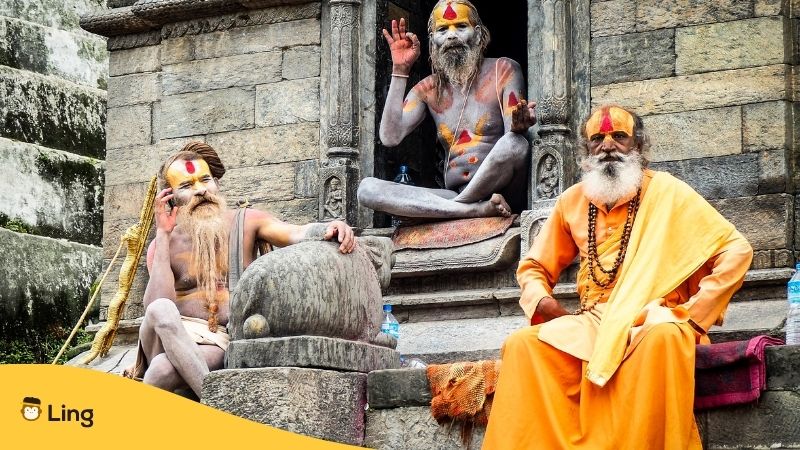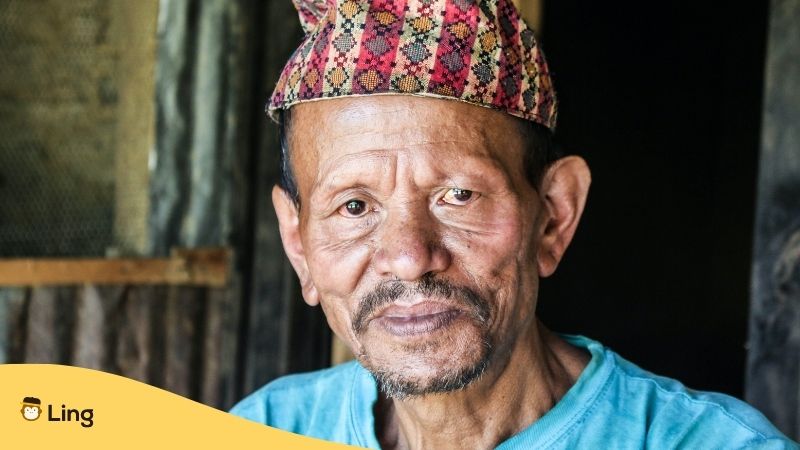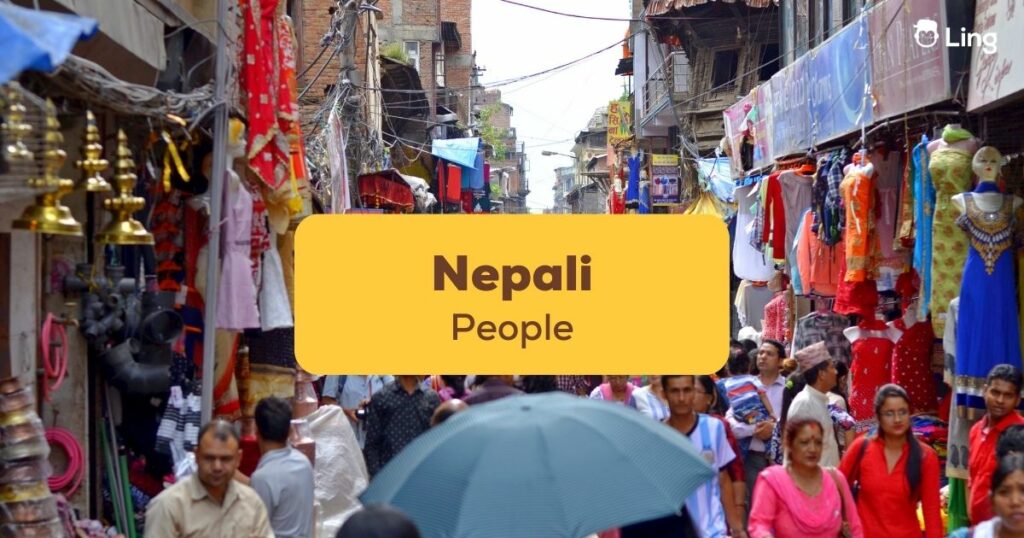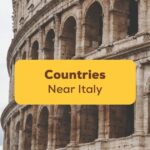Nestled between the towering peaks of the Himalayas and the lush green plains of the Terai, Nepal’s geographical diversity is matched only by the multiculturalism of the Nepali people.
In this piece, we shall explore the fascinating world of Nepal’s multifarious population, exploring its history, traditions, languages, cuisine, and more.
Historical Roots And Cultural Diversity
The history of Nepal is the history of various cultures and influences from beyond its present-day borders. The earliest settlers of Nepal, including the Indo-Aryan people from the north of the subcontinent, are believed to have migrated from various parts of Central Asia, Tibet, and India. Over time, these diverse groups laid the foundation for Nepal’s unique cultural blend. Where the highlands of the country remain sparsely populated, the most densely populated area is the middle hill region and the Kathmandu Valley.
Nepal is home to a variety of ethnicities and castes, each with different customs and traditions. The largest ethnic groups include the Chhetri, Bahun, Magar, Tharu, and Tamang, among others. The coexistence of these groups has created a multicultural society that embraces differences and celebrates diversity.

Languages And Literature
Nepal is a linguistic treasure trove, with over 120 languages spoken across the country. While Nepali (also known as Gurkha or Gorkhali) is the official language and serves as a lingua franca, a multitude of languages like Newari, Maithili, Bhojpuri, and Limbu thrive within their respective communities.
The Newar community, native to the Kathmandu Valley, has a rich literary heritage. There is a vast collection of literature, encompassing poetry, epics, and religious texts in the Newari language. Additionally, Nepal has been a source of inspiration for writers worldwide, with numerous works of fiction and non-fiction centered around the region’s culture and ever-changing landscapes including “The Inheritance of Loss” by Kiran Desai and “The Snow Leopard” by Peter Matthiessen.
Religion And Festivals
Religion is an important aspect of Nepali society and the majority of Nepalis practice Hinduism, followed by Buddhism, Islam, and various indigenous belief systems.
Festivals form an integral part of Nepali life, bringing communities together and offering a glimpse into the country’s rich heritage. Dashain and Tihar, the two major Hindu festivals, celebrate the triumph of good over evil and the bond between humans and animals, respectively. The Indra Jatra festival, celebrated by the Newar community, is a lively event characterized by masked dances, processions, and the raising of the sacred Indra pole.
Cuisine: A Gastronomic Adventure
Nepali cuisine is a reflection of the country’s agricultural production, geography, ethnicity, and climate. Staple foods include rice, lentils, vegetables, and meat. “Dal Bhat”, a traditional meal consisting of lentil soup, rice, and various accompaniments, is the heart of Nepali cuisine.
“Momo”, a type of dumpling, has gained international popularity as a delicious street food. Another iconic dish is “Gundruk”, fermented leafy greens that are a vital source of nutrition during the winter months. The diverse range of spices used in Nepali cooking creates a unique blend of flavors that are both comforting and adventurous.

Art And Craftsmanship
Artistic expression is deeply ingrained in Nepali culture. Thangka paintings, intricate wood carvings, and sculptures adorn temples and monasteries. Traditional music and dance, like the energetic Tamang Selo or the graceful Newari Jhyaure, are integral to festivals and celebrations. These forms of expression provide insight into the history and emotions of the Nepali people.
Nepali clothing is not only functional but also a reflection of cultural identity. The clothing worn by different ethnic groups varies widely. The Dhaka topi, a traditional cap, and the gunyo cholo, a colorful dress, are symbols of Nepali identity. Similarly, the elegant sari and kurta pajama are also worn with pride during religious ceremonies and special occasions.
Nepali art and craftsmanship are a testament to the creativity and skills of its people. Traditional Newari architecture, with its intricate wood carvings and pagoda-style structures, adorns many temples and buildings in the Kathmandu Valley. Thangka painting, a form of intricate Buddhist art, showcases the devotion and patience of the artists.
Handwoven textiles like Dhaka fabric and Pashmina shawls are renowned for their quality and craftsmanship. The intricate patterns and vibrant colors in these textiles are a reflection of Nepal’s rich cultural heritage and textiles remain a primary economic activity for the country.
Challenges And Resilience
Despite its rich cultural heritage, Nepal faces numerous challenges. Economic difficulties, controversial local elections, instability in political participation, and the aftermath of natural disasters like earthquakes and floods have tested the resilience of its people. However, the Nepali spirit remains unbroken. The 2015 earthquake, while devastating, showcased the unity of the total population and determination of the Nepali people as they came together to rebuild their communities.
The Nepali diaspora has also played a significant role in preserving and promoting Nepali culture abroad. As people migrate in search of better opportunities, they carry their traditions with them, enriching the international community and global cultural landscape.
Nepali Words To Describe The Nepali People
| English | Nepali | Pronunciation |
|---|---|---|
| People | व्यक्तिहरू | Vyaktiharū |
| Culture | संस्कृति | Sanskṛti |
| Language | भाषा | Bhāṣā |
| Tradition | परम्परा | Paramparā |
| Hospitality | मेहमान नवाजी | Mehmaan Nawājī |
| Diversity | विविधता | Vividhatā |
| Festivals | उत्सवहरू | Utsavharū |
| Mountains | पर्वतहरू | Parvataharū |
| Cuisine | खानपिन | Khānpina |
| Attire | परिधान | Paridhān |
| Art | कला | Kalā |
| Music | संगीत | Sangeet |
| Religion | धर्म | Dharma |
| History | इतिहास | Itihāsa |
| Community | समुदाय | Samudāya |
Explore More Of Nepal With Ling
Getting to know the Nepali people is sure to increase your love for this amazing part of the world. Learning the Nepali language is another way to embrace the country. With Ling, you have a one-stop-shop providing everything you need to master the language and speak it like a native. Why not check Ling app out today at Google Play or the App Store?



































































2 Responses
Nepal and Nepali Peoples are very different compared with western and European. We have Unique Festivals, Lifestyles, Cultures, Traditions, rituals, food and geography.
Thank you so much for the great article which is a perfect representation of Nepali culture and customs. This is the best article promoting Nepali culture and customs.